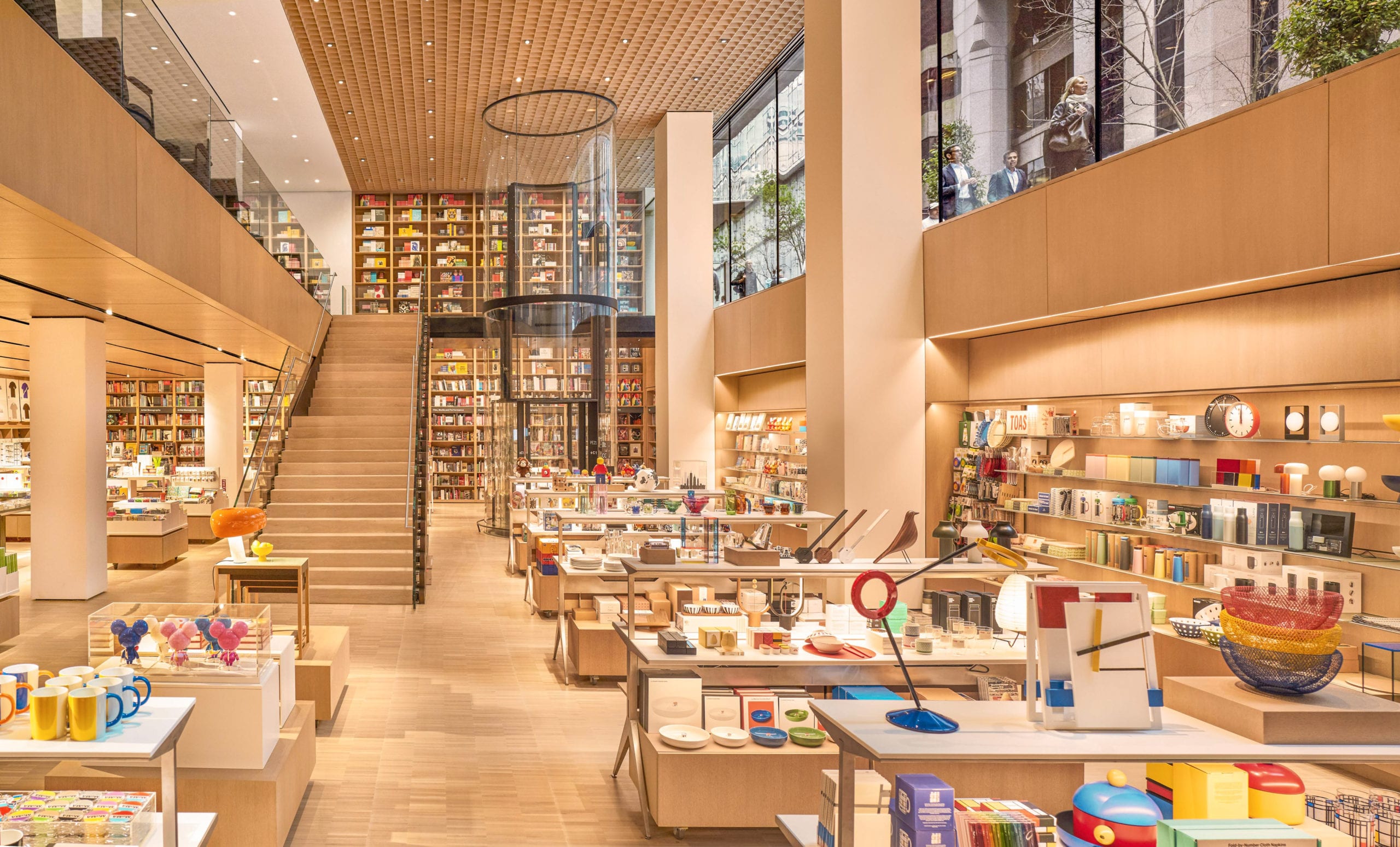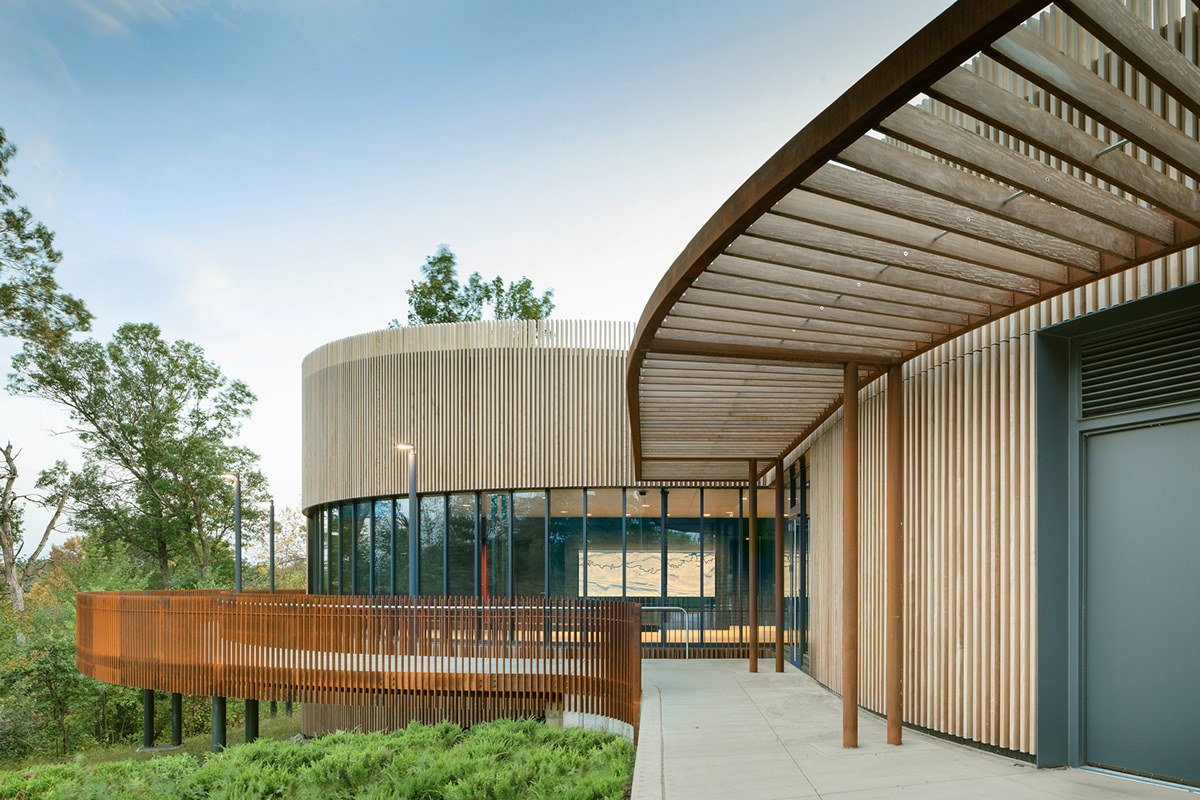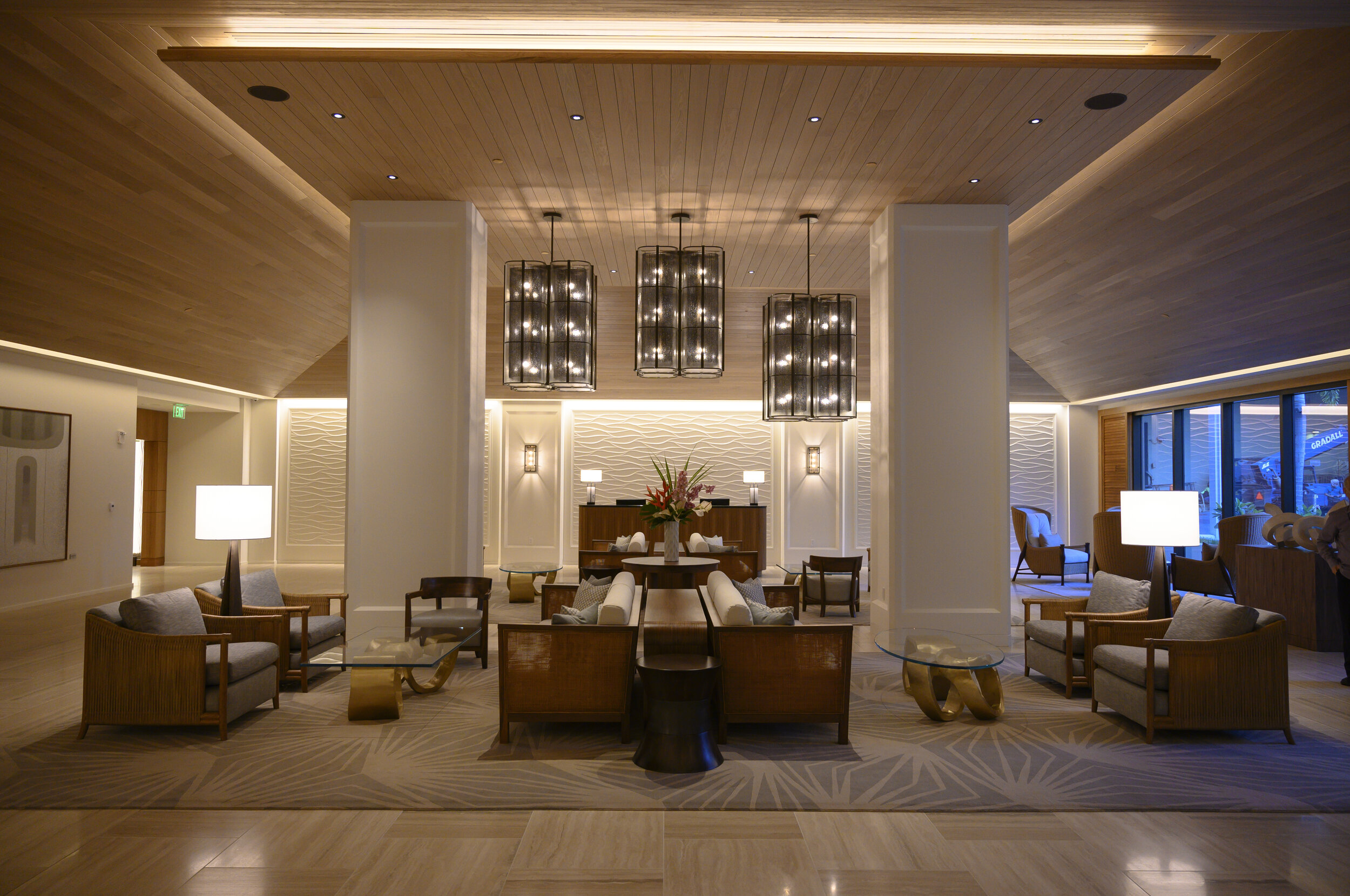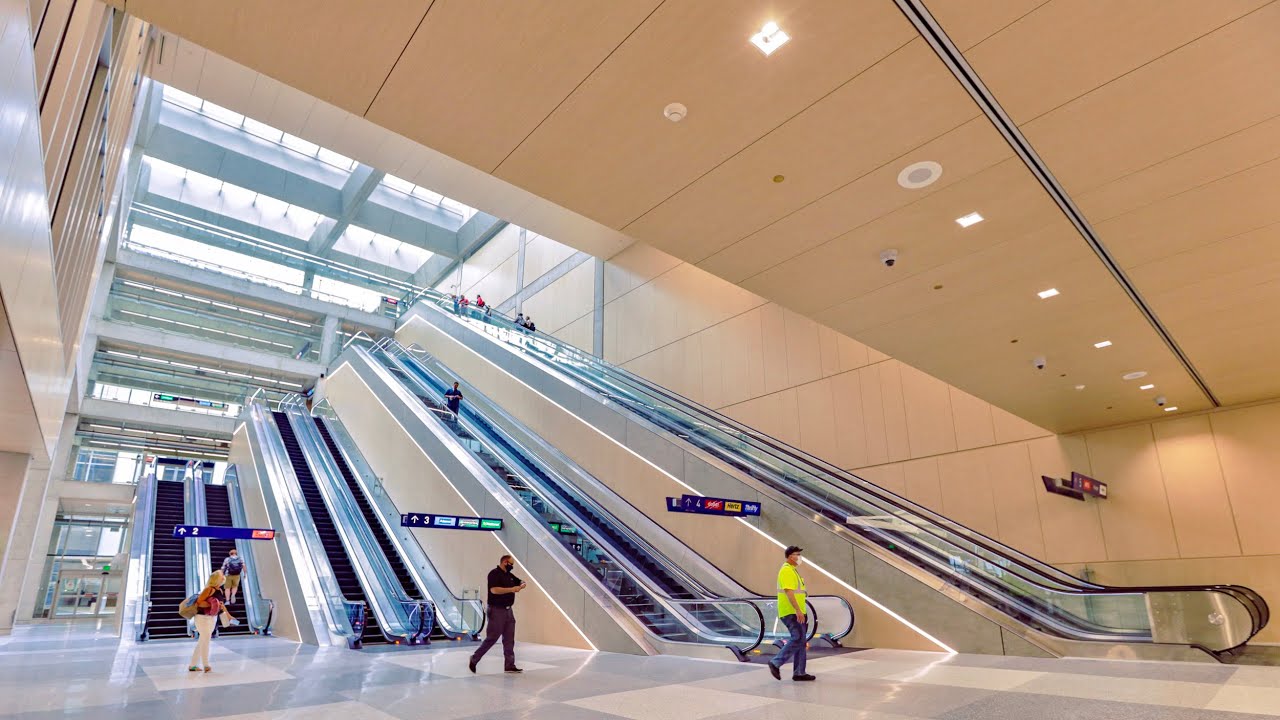The Museum of Modern Art (MoMA) in New York City is home to some of the most intriguing and diverse artwork in the world. Every week, thousands of visitors roam through its winding galleries to gaze at Monet’s Water Lilies, wonder at Van Gogh’s The Starry Night, and discuss the melting clocks of Dali’s The Persistence of Memory. But the stadium-sized crowds, emotive artwork, and minimalist design, created an an unintended, distracting problem – noise.
(The) out-of-control reverberation distilled everything that’s wrong with MoMA: the crowds, the coldness, the train-station feel.
Justin Davidson
In 2015, architecture critic, Justin Davidson, reviewed MoMA. His experience in the museum was so stressful due to noise, he titled his article, “Why Don’t Architects Listen to their Buildings?” In it, he complained, “(The) out-of-control reverberation distilled everything that’s wrong with MoMA: the crowds, the coldness, the train-station feel.” His closing words regarding the museum were frank. “At MoMA in 2004, the architect Yoshio Taniguchi delivered a building of hard minimalist purity, and our ears have suffered the consequence.”
Life Imitating Art?
Before the installation of SoundPly panels, MoMA’s interior induced reactions uncannily similar to that depicted in one of its visiting pieces of artwork— Edvard Munch’s “The Scream.”
Davidson returned in 2019 to review MoMA’s $450 million dollar renovation and expansion. The renowned museum increased gallery space by 30%, adding 165,000 square feet to their footprint. The newly renovated space has continued to embrace modern minimalism but with a marked improvement. In his review, Davidson notes the architects, Diller Scofidio + Renfro with Gensler, “…have performed some judicious surgery, raising the lobby ceiling… and adding a layer of perforated wood to soak up thunderous reverberations.”
Curators of Sound
MoMA’s acoustic improvement was the work of Cerami and Associates, an acoustic design firm in NYC. Cerami conducted a detailed analysis to determine MoMA’s optimal amount of sound absorption. They also offered a virtual auditory walk-through of the museum using their Immersive Studio. This ensured the museum would sound as good as it looked. The result is described as a “marriage of science and art.”
Victoria Cerami, CEO, explains, “MoMA is the intersection of art, architecture and the technology of acoustical illusion. We designed the acoustics at MoMA so the sound disappears and the art and architecture can be fully realized.”
“We designed the acoustics at MoMA, so the sound disappears and the art and architecture can be fully realized.”
Victoria Cerami
With Cerami’s thoughtful acoustic design, increasing museum capacity doesn’t compete with quiet enjoyment of the art. This is a balancing act made simpler through the use of SoundPly. Our Latus Acoustic Walls Panels and Alta Acoustic Ceiling Panels discreetly absorb sound and noise. Located in MoMA’s flagship museum store, lobby, and ticketing area, they gracefully bridge the gap between function and style. Finished in a bleached walnut, Latus and Alta are an inviting counterweight to the glass and steel featured throughout the museum while blending with its modern minimalist design.
We’re proud SoundPly is an integral part of the success of the new MoMA renovation – absorbing the noise so a new generation can enjoy the creative experience.
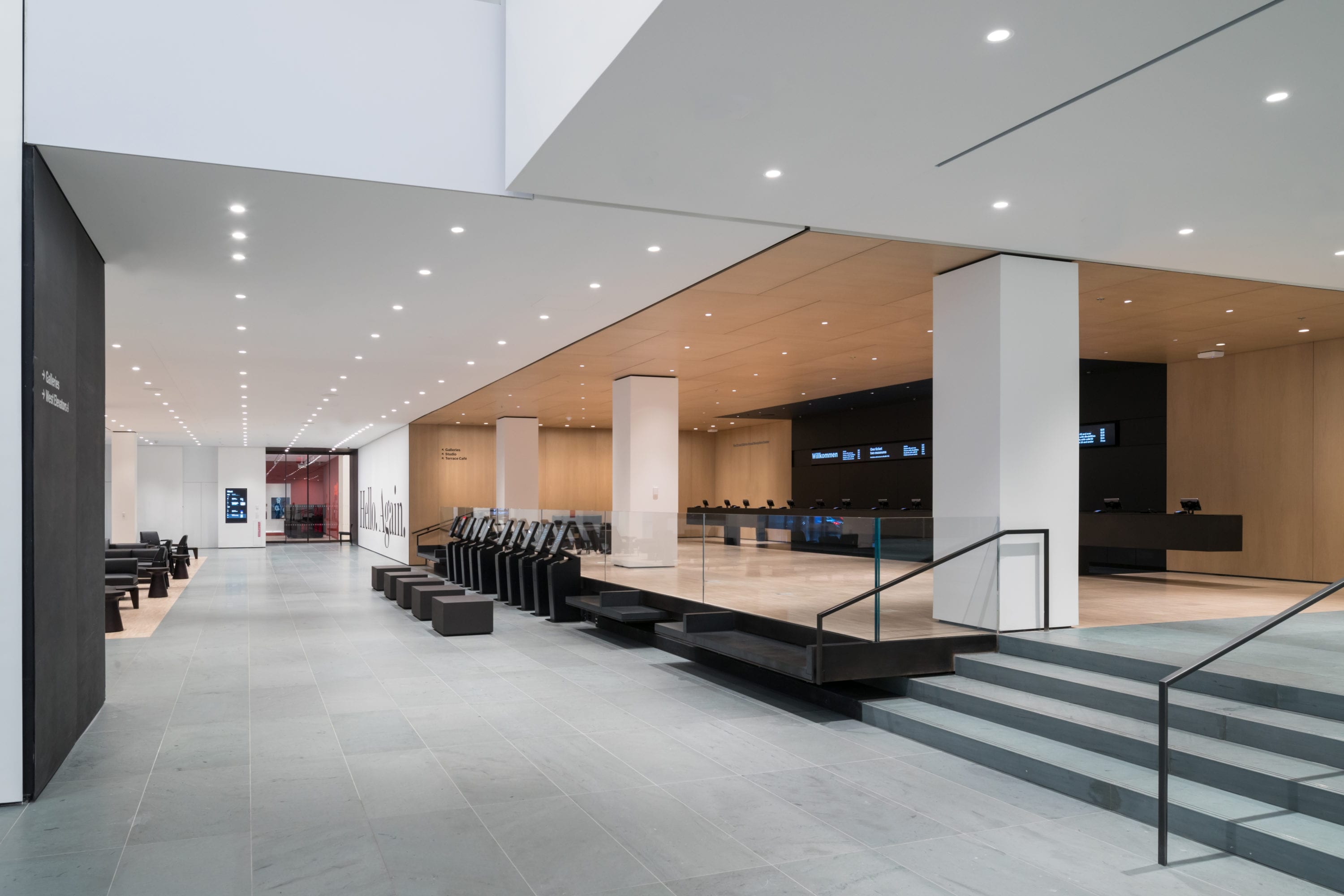
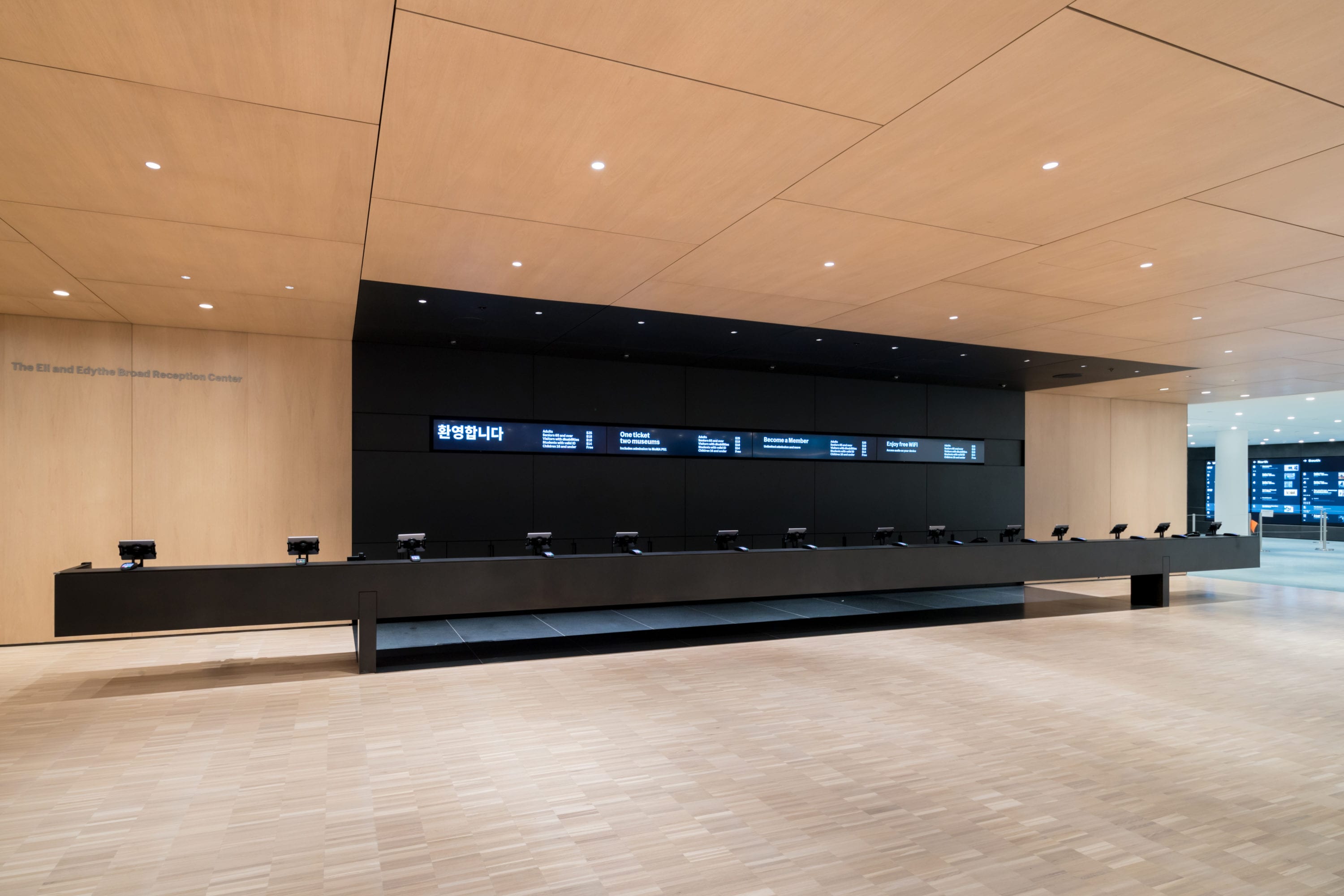
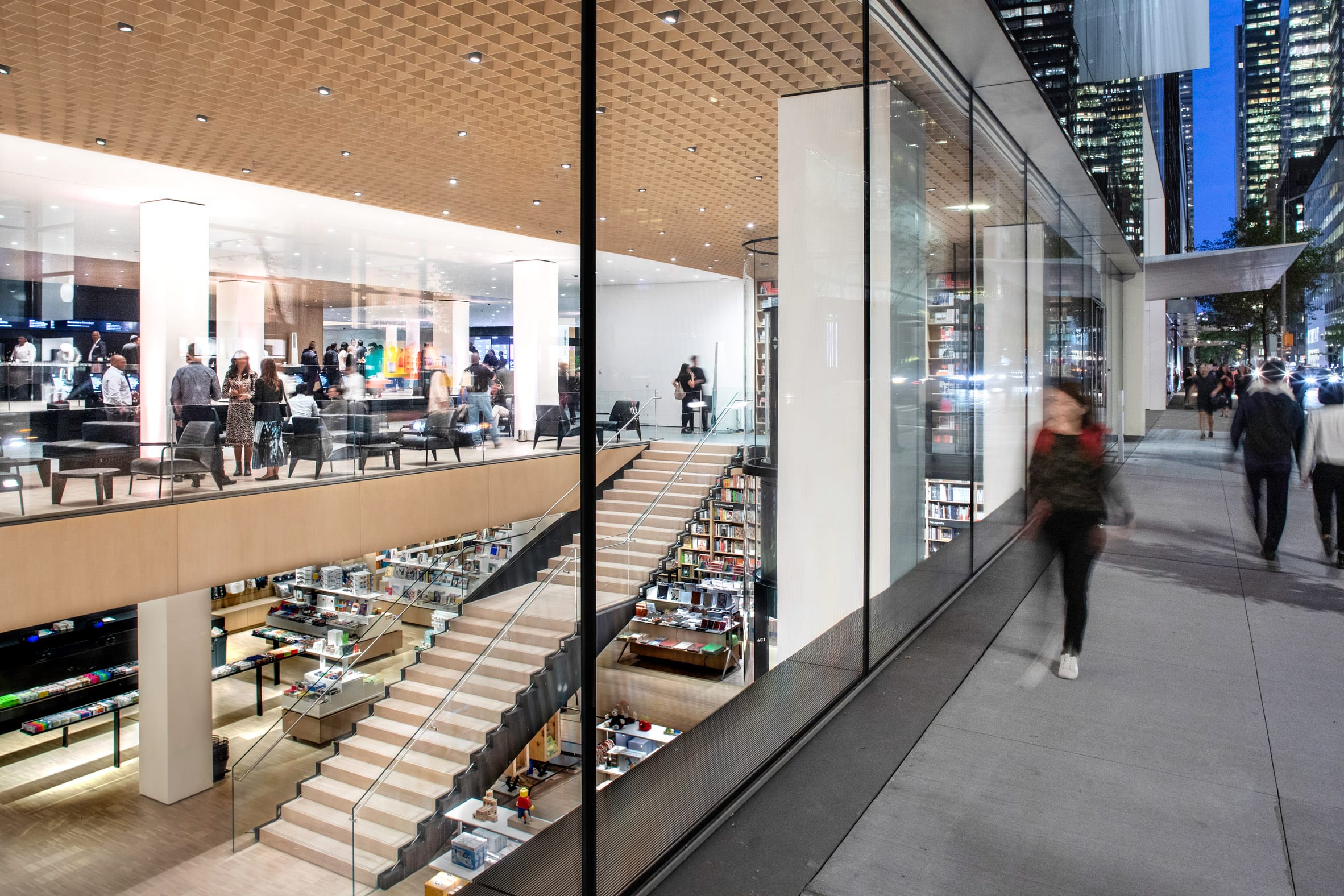
Project Details
Project Name
Museum of Modern Art, New York, NY
Architect
Diller Scofidio + Renfro with Gensler
Acoustic Designer
Millworker
Product
SoundPly Latus Acoustic Wall Panels and Alta Acoustic Ceiling Panels
3/4" thick with an RFM19 core.

